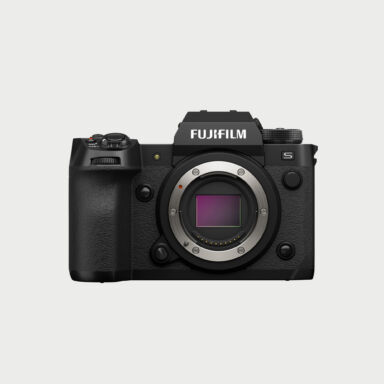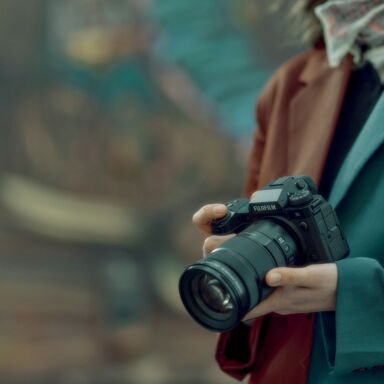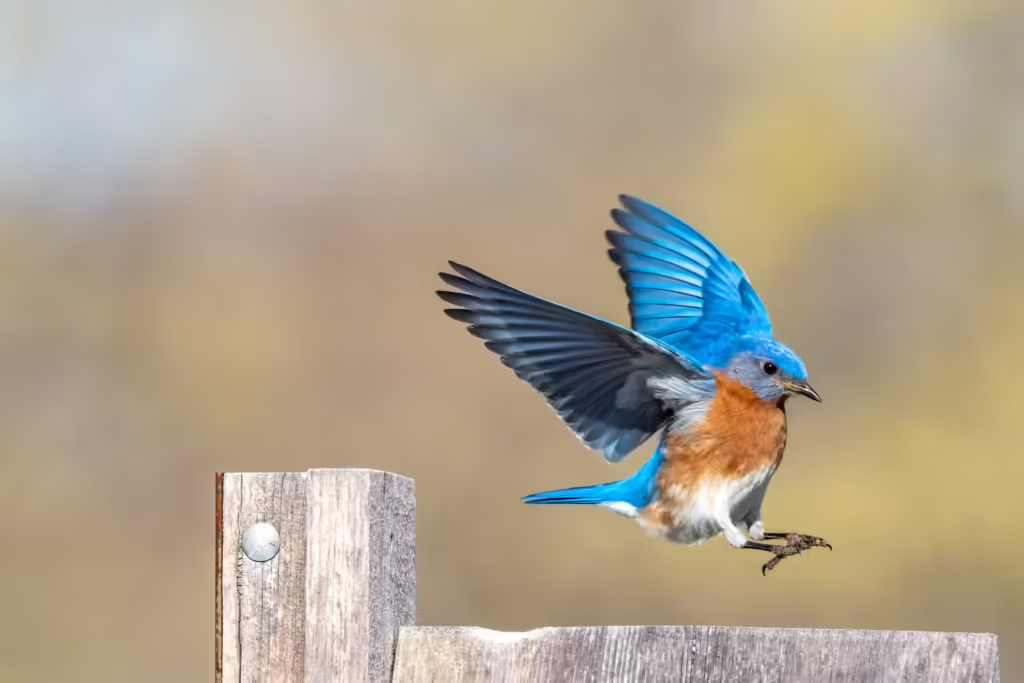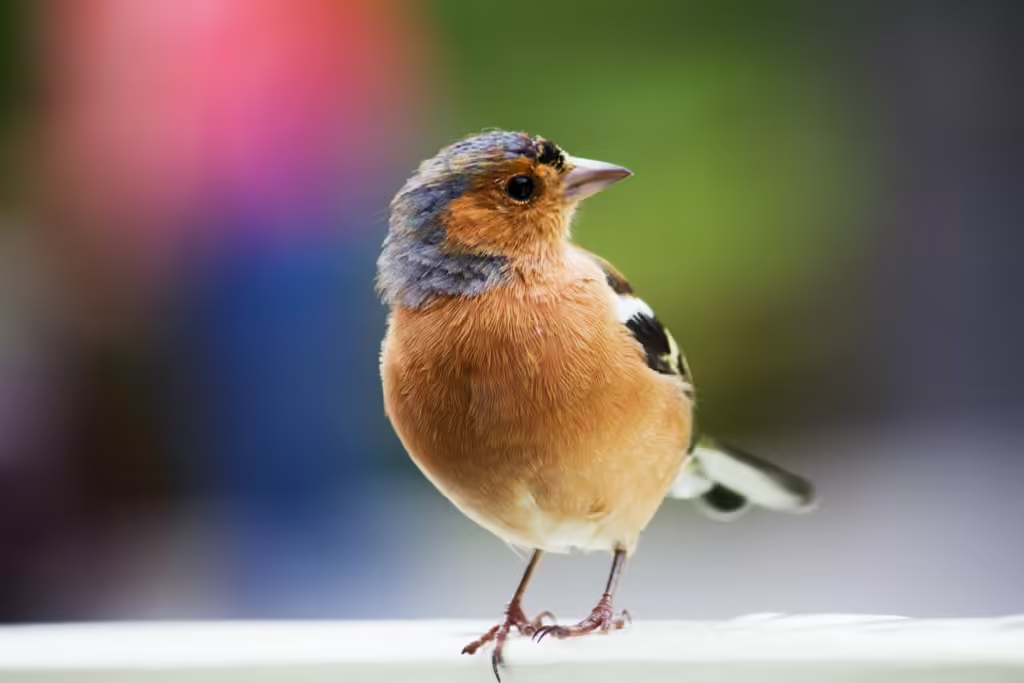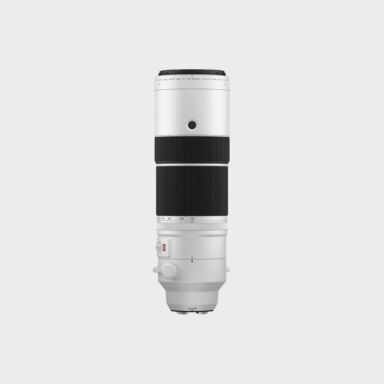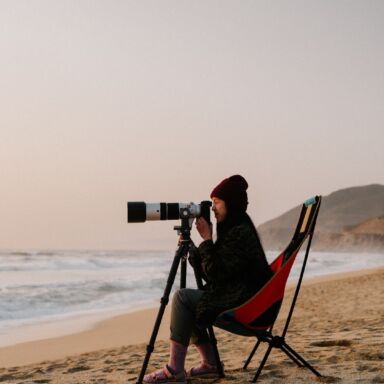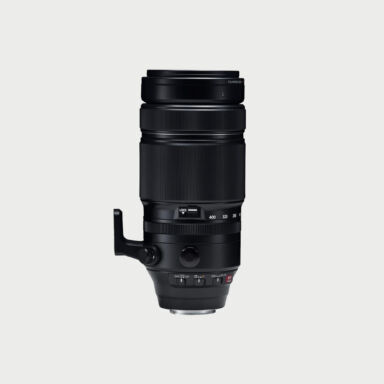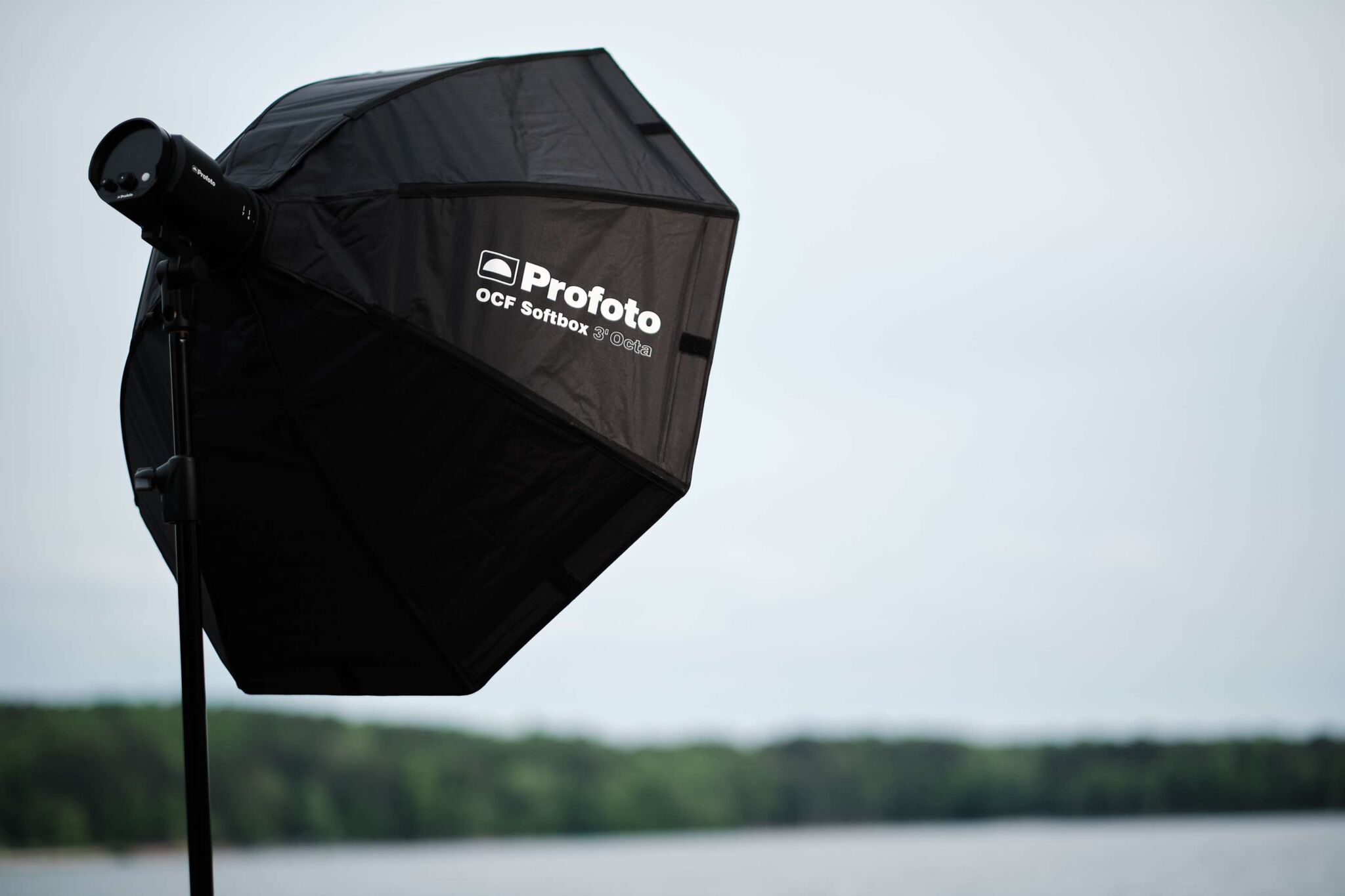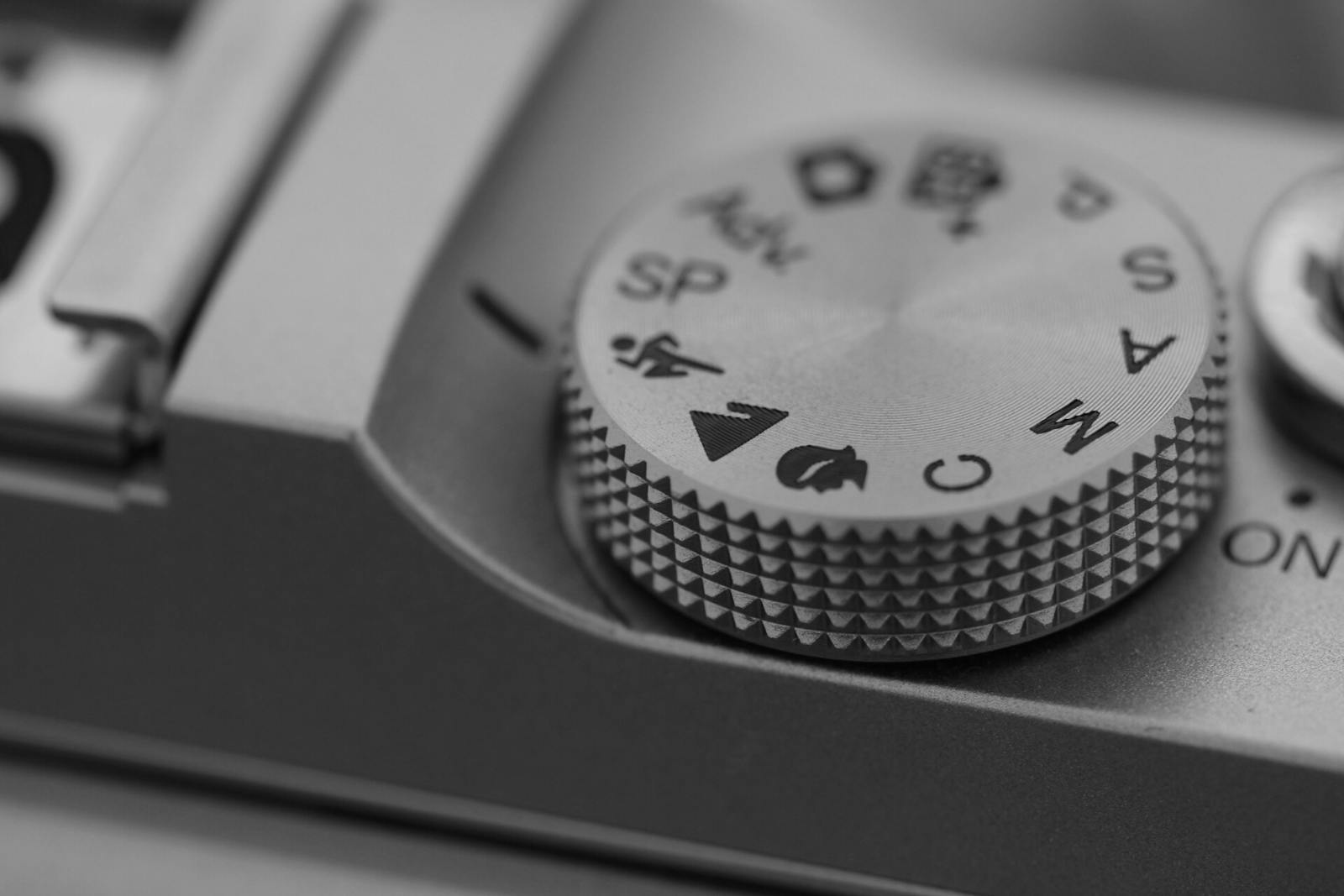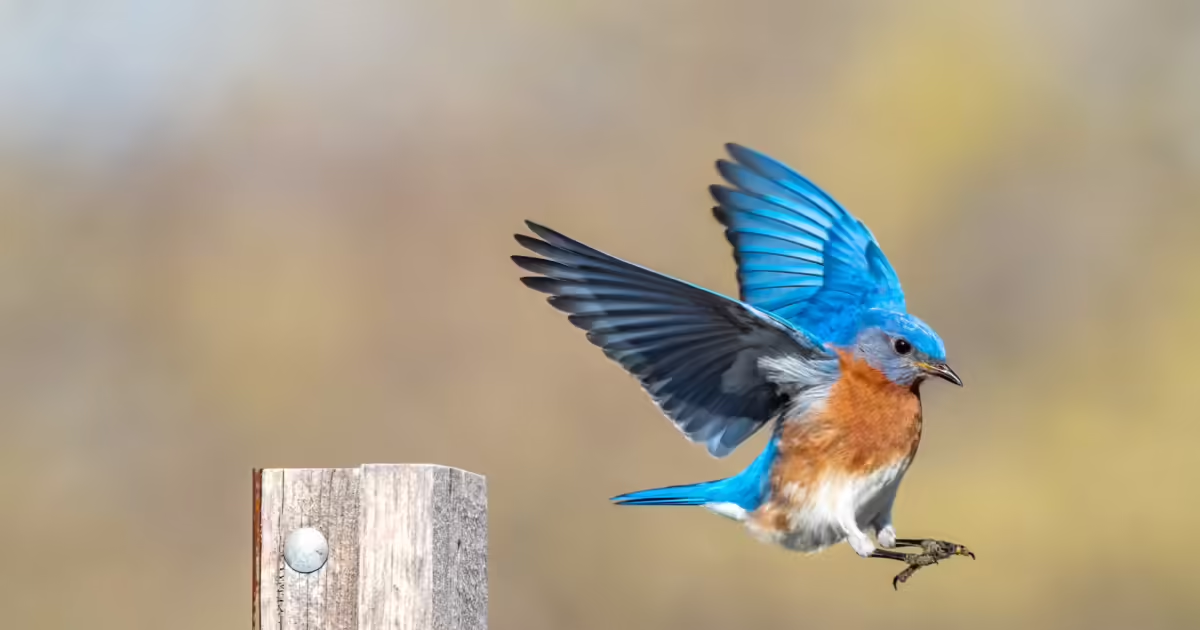Photographing birds is often a delicate exercise. Their small size, speed, and discreet nature make them challenging subjects for photographers. The choice of suitable photographic equipment is essential for capturing quality images. Discover the best cameras and lenses for bird photography.
Bird photography is often a delicate exercise. Their small size, speed, and discreet nature make them challenging subjects for photographers. In the field of ornithological photography, fieldwork and knowledge of the subject are essential conditions for photographing wild birds. But the choice of the best camera and best lenses can make the difference between capturing fleeting moments of behavior or completely missing them.
In this article, in addition to the best cameras and lenses for bird photography, we will explore the key features to consider when choosing a camera for ornithological photography. Indeed, before presenting you with the best photo equipment for photographing birds, it is essential to understand the important elements to consider when selecting the appropriate gear.
Table of contents
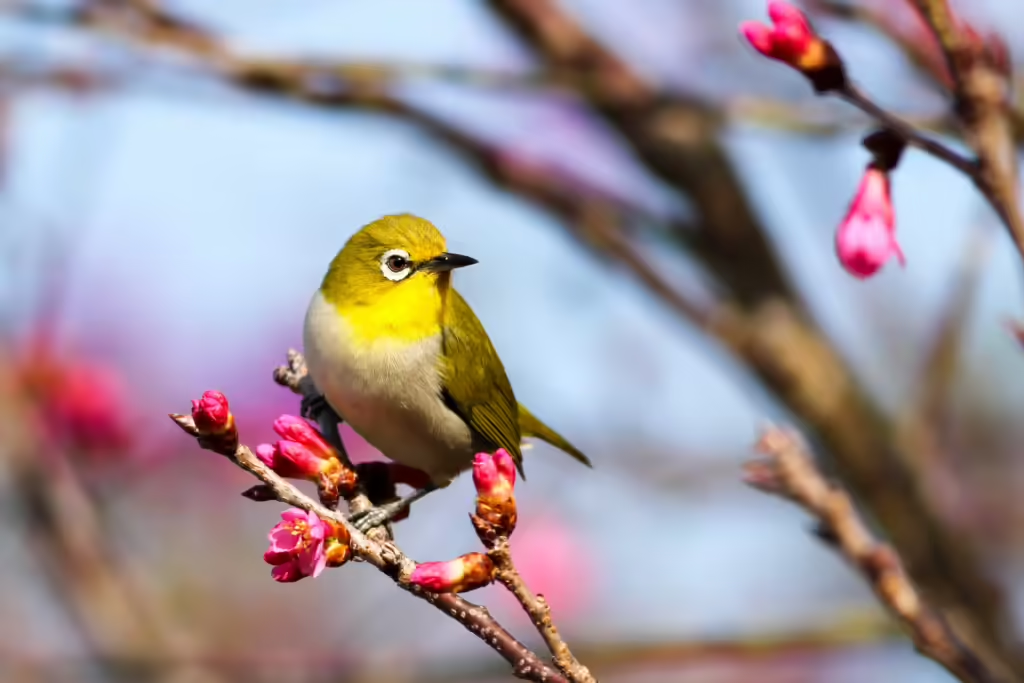
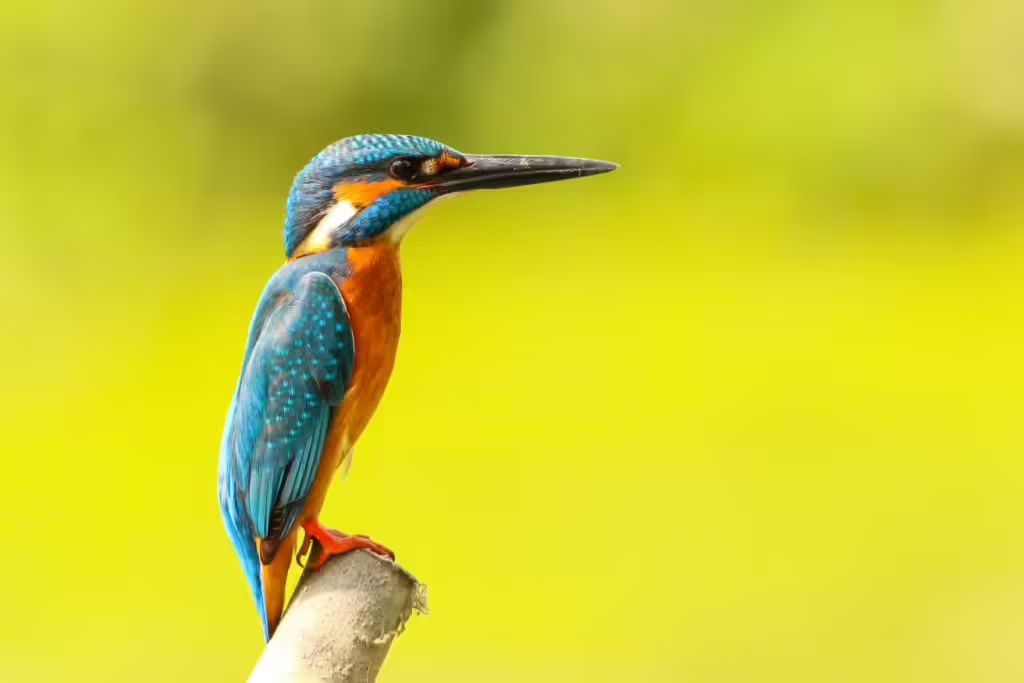
1. Key elements of a good camera for bird photography
In the field of bird photography, the choice of camera can have a significant impact on your ability to capture birds and the quality of your photos. Indeed, a camera dedicated to bird photography must meet specific needs in terms of functionality, performance, and robustness. Here are some important points to keep in mind when choosing your camera.
To photograph birds in flight, it is essential to have a fast and responsive autofocus system. The camera's autofocus system must be able to automatically recognize birds and adjust the focus according to their movements.
The shooting speed is crucial for capturing fast moments, such as a bird in flight or feeding. A camera that can take many photos per second increases your chances of capturing the right moment. Most modern cameras can take between 6 and 8 photos per second, which is generally sufficient. However, for photographing birds in full flight, you may need an even faster model, capable of taking between 20 and 30 photos per second.
For bird photography, cameras with APS-C or micro 4/3 sensors offer an interesting advantage over full-frame sensors. Although the latter provide better low-light performance, smaller sensors benefit from a crop factor that increases the effective focal length of lenses. Thus, a 300mm lens becomes equivalent to 450mm on an APS-C sensor and 600mm on a micro 4/3 sensor. This ability to achieve longer focal lengths at a lower cost is particularly appreciated for bird photography, where the distance to the subject is often a challenge.
It is essential to select a suitable lens for bird photography, even with an excellent camera, to ensure satisfactory results. It is recommended to use a powerful telephoto lens to fill the frame with the bird, especially due to the difficulty of approaching wild birds. For those opting for a bridge camera with a built-in zoom, it is crucial to check that the included lens meets their requirements for bird photography.
2. Hybrid or DSLR: Which camera for bird photography?
Birds are fleeting and fast. Therefore, it is essential to have a camera with a fast shutter speed. Mirrorless cameras typically have faster shutter speeds than DSLR cameras, making them often more efficient in terms of burst shooting. They allow you to capture multiple images per second (ips), which is particularly useful when trying to photograph a quickly passing bird. With this capability, you can always aim accurately.
Another important aspect is fast autofocus to avoid blurry photos when birds pass quickly. Usually, DSLR cameras are known to excel in this area. But hybrid cameras are not far behind. Many of them have advanced features that enable automatic subject detection and tracking, including animals.
Moreover, hybrid cameras offer the advantage of being more compact and easier to carry. DSLR cameras, on the other hand, are generally bulkier and heavier, especially when paired with a telephoto lens, which is essential for bird photography.
Our Recommendation: The Fujifilm X-H2S
The X-H2S from Fujifilm is a camera designed to track moving subjects and is particularly well-suited for wildlife photography. Its fast and accurate autofocus can detect birds as well as other elusive targets. The body is also designed to withstand tough conditions, with weather sealing against rain, dust, and shock.
The X-H2S can capture up to 40 frames per second in electronic shutter mode, with no blackout. This makes it a hybrid camera with a fast shooting speed, ideal for photographing birds and wildlife. It is also equipped with a CFexpress Type B slot, enabling fast writing of large amounts of data, thus avoiding any risk of buffer overflow.
The X-H2 camera is also perfect for bird photography due to its image stabilization, which helps reduce motion blur, and its ergonomic design, which facilitates quick adjustment of settings without having to navigate through menus.
Finally, the X-H2S is compatible with a wide range of lenses, including telephoto lenses, which are essential for bird photography and other wildlife photography.
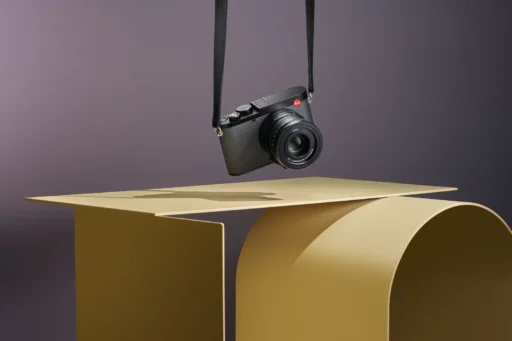


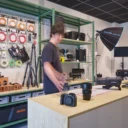
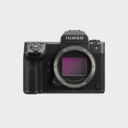 Photo
Photo 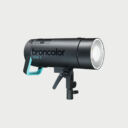 Lighting
Lighting  Tripods & Grip
Tripods & Grip 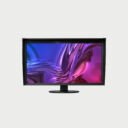 Digital
Digital 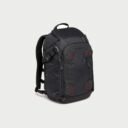 Bags & Cases
Bags & Cases 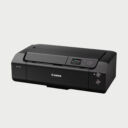 Printing
Printing 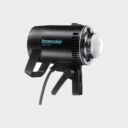 Continous lights
Continous lights 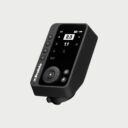 Transmitters
Transmitters 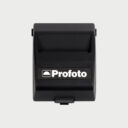 Accessories & Parts
Accessories & Parts 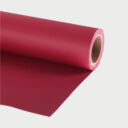 Accessories tripods & grips
Accessories tripods & grips 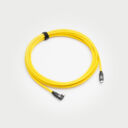 Cables & Tether
Cables & Tether 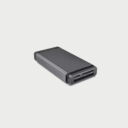 Hub & Adaptaters
Hub & Adaptaters 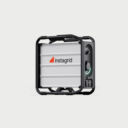 Portable power stations
Portable power stations  Sling bags
Sling bags 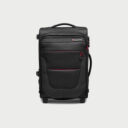 Rolling bags
Rolling bags 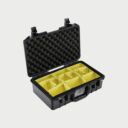 Hard cases
Hard cases  Organizers & Pouches
Organizers & Pouches 